Beargrease
January 19th, 2020
The John Beargrease Sled Dog Marathon is renown for the deceivingly rugged terrain of its trail and the extremes of northern Minnesota weather—be it very hot, or very cold.
Beargrease 2020 Coverage
Broadcast day 1 | Beargrease 2020 | QRILLPAWS 2020
Broadcast day 3 | Beargrease 2020 | QRILLPAWS 2020
Broadcast day 2 | Beargrease 2020 | QRILLPAWS 2020
Summary | Beargrease 2020 | QRILLPAWS 2020
The shoreline of Lake Superior, the world’s largest freshwater lake, the changing elevation of the ancient Sawtooth mountains and the vastness of the Boundary Waters Canoe Area with its more than one million acres (or some 4000 square km) of untouched wilderness – is the backdrop for the toughest sled dog race in “the lower 48”; that is the entire area of United States, the 48 US States south of the Canadian border. It’s a southern race alright, but there is nothing mild-mannered about this race.
Credit: Root River Photography
The John Beargrease Sled Dog Marathon is renown for the deceivingly rugged terrain of its trail and the extremes of northern Minnesota weather—be it very hot, or very cold. The 2019 Championship went to a team of tough Siberian Huskies as the race saw temperatures dipping at minus 50 below Fahrenheit (some -45˚ Celcius).
John Beargrease was Anishinabe growing up in a traditional wig wam on the edge of the first settlement on Minnesota’s northshore of Lake Superior: Beaver Bay. As fur traders and fishing families came to the region it was mandated that a mail route be established along the Northshore. John Beargrease and his brothers took on the tough job and delivered the mail by boat, foot and dog team for almost 20 years until his death in 1910. Today, the sled dog race is a tribute to the Ojibwe Anishinabi for who it is named. But while it took John Beargrease 2-3 days to travel one way with four dogs, it takes the mushers racing today about two days to go up and down the trail.
Credit: Rivers' Cross Photography
Each team can have up to 12 dogs at the start line and are allowed to return up to six dogs back to home before the end of the race, meaning a minimum of 6 dogs must be crossing the finish line. Besides the usual mandatory gear and food supplies, all teams must also carry a mailbag that commemorates the turn of the century mail carriers and their dog teams. It is mandatory for every dog team to stop and rest for a minimum total of 24 hours. A minimum four-hour stop must be made in both the Sawbill and Mineral Center checkpoints, along with an additional 16 hours that can be taken in any checkpoint. Mushers are allowed assistance of handlers, in addition to the availability of veterinarians, at all checkpoints except the Sawbill checkpoint. At that checkpoint every team must rest a minimum for 4 hours, plus their differential.
455 Km | 295 Miles
Distances & Checkpoints
Duluth (BILLY’S BAR) – 35 miles / 56 km – Highway 2
Highway 2 – 38 miles / 62 km – Finland
Finland – 32 miles / 50 km – Sawbill
Sawbill – 51 miles / 82 km – Trail Center
Trail Center – 54 miles / 89 km – Skyport
Skyport – 49 miles / 79 km – Mineral Center
Mineral Center – 36 miles / 58 km – Grand Portage
Fastest winning time: Blake Freking (USA) 2 days 7 hours 37 minutes
Defending 2020 CHAMPION: Ryan Redington (USA)




